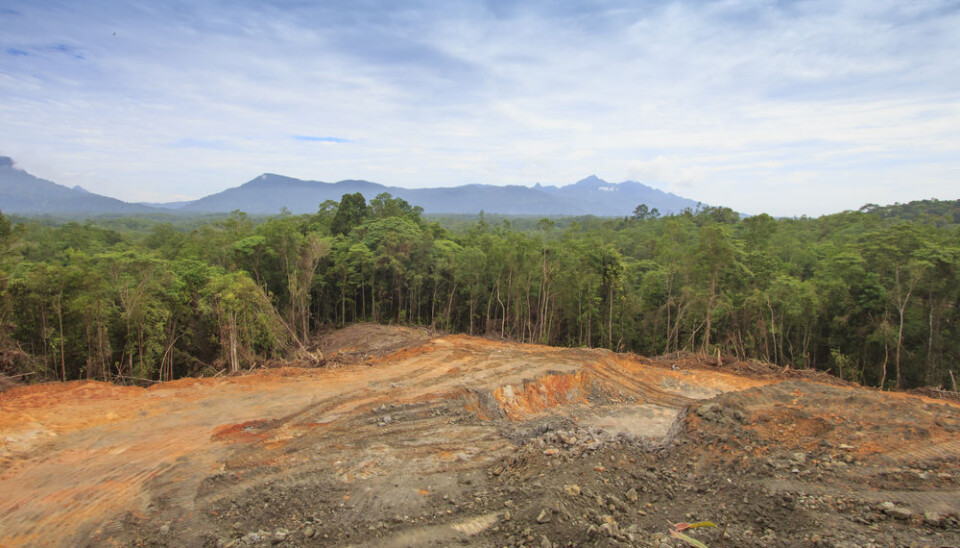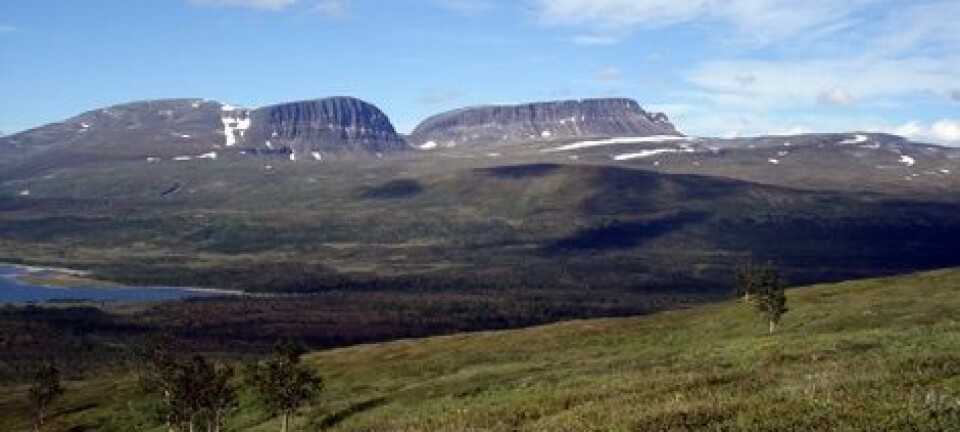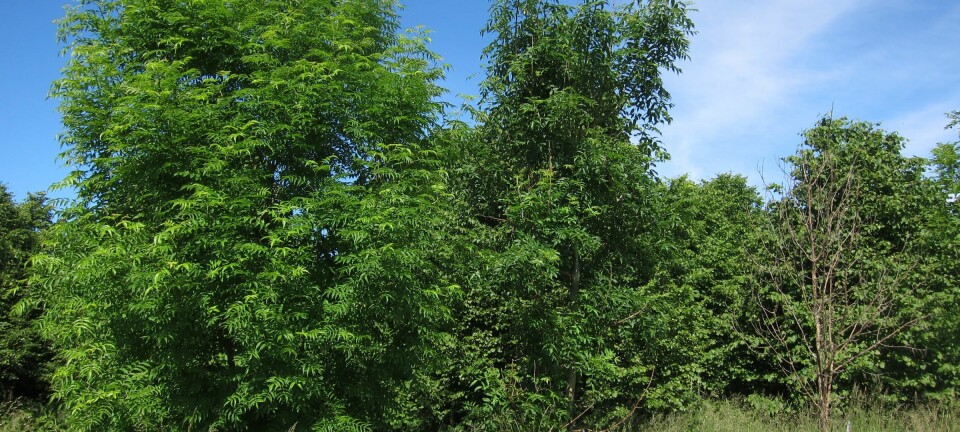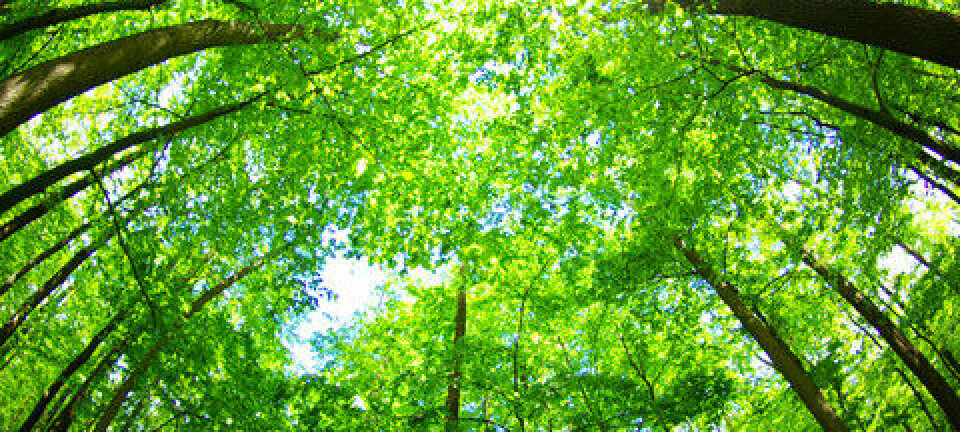
Half of Amazon Rainforests on the verge of extinction
Up to 57 per cent of all tree species in the Amazon Rainforest are on the verge of extinction, shows new research.
The world's rainforests face a far worse situation than scientists had originally thought, according to a new study.
At least 36 per cent and perhaps up to 57 per cent of tree species in the Amazon are already on the verge of extinction and classified as globally threatened, according to Red List criteria of the IUCN (International Union for Conservation of Nature), is the conclusion of the new research.
The threat primarily comes from rampant deforestation, which has transformed millions of hectares of rainforest into agricultural land.
If we continue on this track, there may not be much rainforest left in 50 to 100 years time, says one of the researchers behind the new study.
"57 per cent is a wildly high figure. It’s worse in the Amazon than we had feared, and it looks even worse in Africa and Southeast Asia,” says co-author Professor Henrik Balslev, from the Department of Bioscience at Aarhus University, Denmark.
“The big culprit is deforestation--where large areas of rainforest are felled and converted, for example, into palm oil plantations. And we have to stop this if we don’t want the rain forests and their biodiversity to disappear completely," he says.
The new study is published in the scientific journal Science Advances.
How can we limit the damage?
Senior Researcher Jens-Peter Barnekow Lillesø from the Department of Earth Science and Nature Management at the University of Copenhagen, Denmark, was not involved in the new research, but describes it as the first, and largest study of its kind, to map the level of threat to tropical trees.
He agrees that the outlook is bleak.
"Unfortunately, we can see that species disappear incredibly quickly. But we also see that many species will disappear because they only exist in specific areas. This means that we must consider nature management in a different way if we want to protect these trees,” he says.
“In addition to protecting large areas of the Amazon, we also need to create local national parks, where local and regional planners can assess which species are threatened, and ensure that these areas are not felled," says Lillesø.
Nearly 9,000 species are threatened
In the new study, scientists collected data from lots of other smaller studies that mapped trees in the Amazon. They gathered data on 15,000 different species and the results are not encouraging.
Up to 9,000 species are threatened to such an extent that they are in danger of disappearing completely.
If these trees disappear, it could create big problems for the rainforest's overall ecosystem, as animals and trees depend on each other in many ways.
"When you remove 100,000 hectares of forest, you also remove species that aren’t found anywhere else. A rainforest has a complex food chain where different species are highly interdependent,” says Balslev.
Removing some tree species can remove the food source for other species, creating a domino effect in which the necessary interactions between various species begins to collapse.
“We're going to lose a lot of biodiversity because of this,” he says.
Balslev suggests designating areas of the rainforests as national parks and employ monitoring staff to ensure the protection of the forests.
---------------
Read the Danish version of this story on Videnskab.dk
Translated by: Catherine Jex










